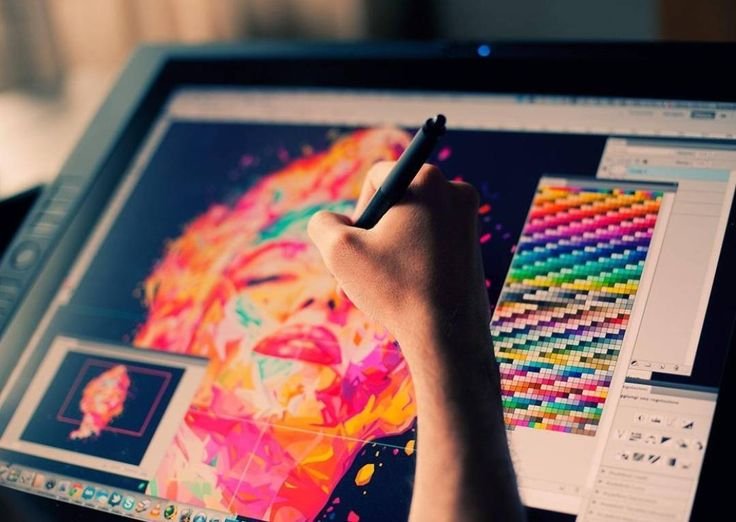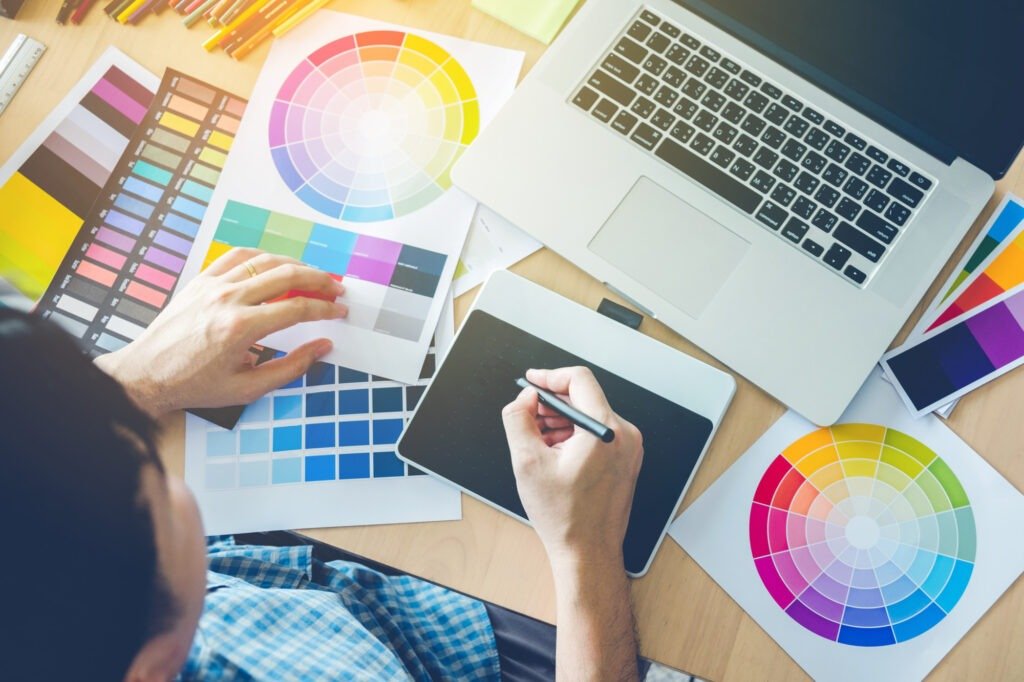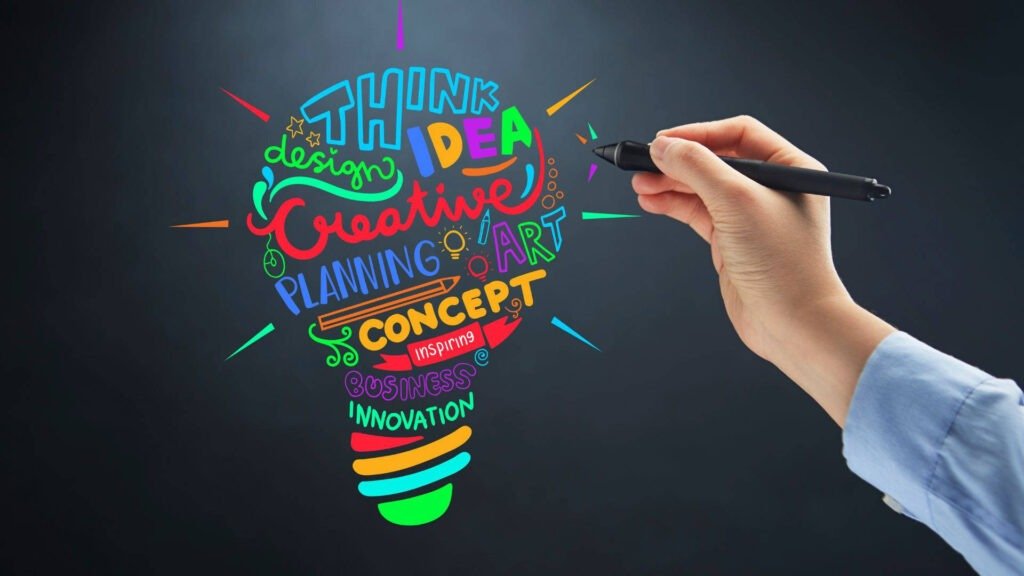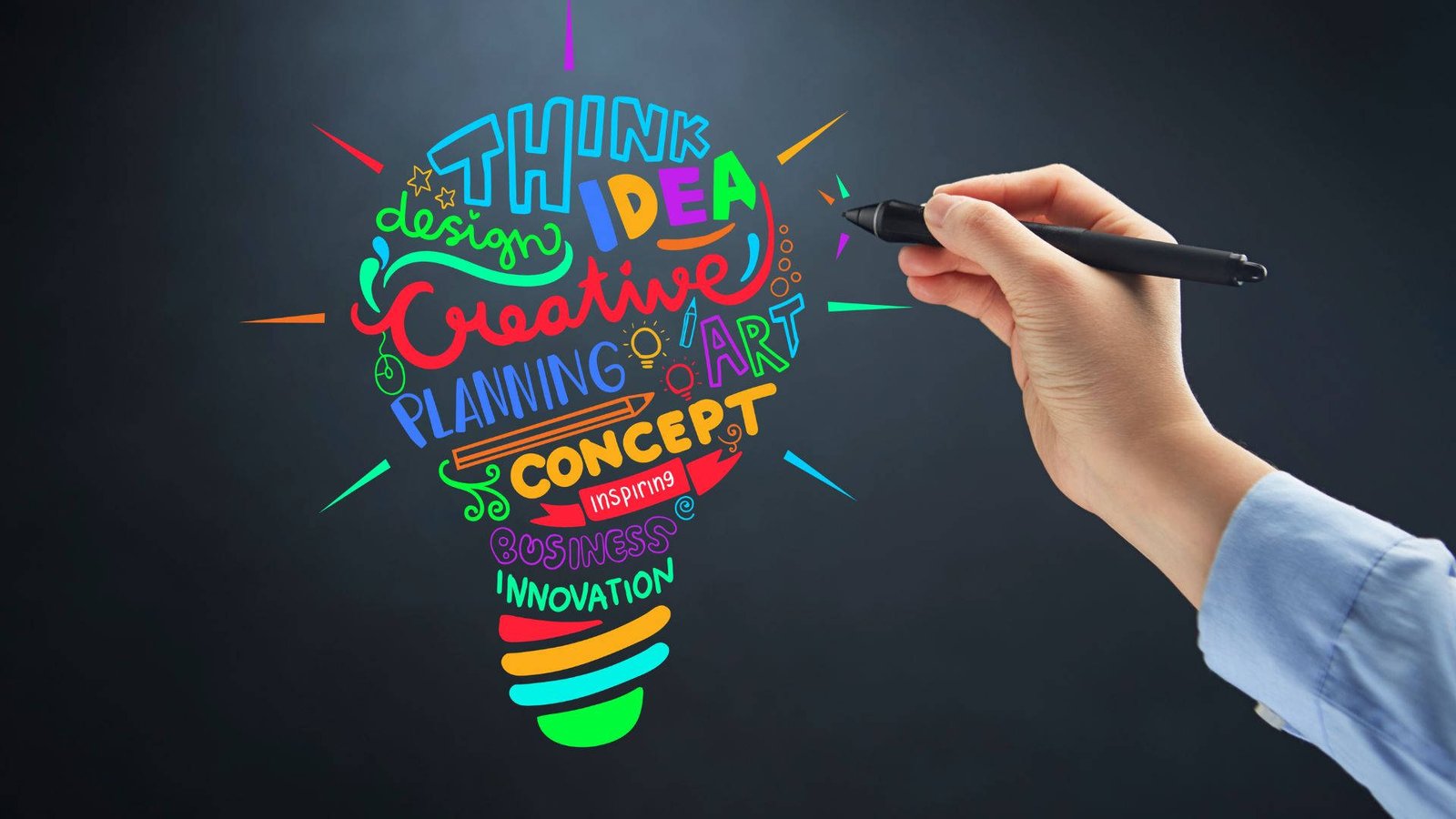Table of Contents
Graphic design introduction
What Is Graphic Design
- Graphic design is the art and practice of combining visual elements to communicate messages, ideas, and information. It involves the strategic arrangement of images, typography, color, and space to create visually compelling compositions across various media platforms. Graphic designers utilize their creativity, technical skills, and understanding of communication principles to solve problems and convey concepts in a visually appealing and impactful manner.
- At its core, graphic design serves as a bridge between content and audience, translating complex concepts into accessible and engaging visual representations. Whether designing logos, advertisements, websites, or packaging, graphic designers play a crucial role in shaping the visual identity and branding of businesses, organizations, and products.

- Graphic design encompasses a wide range of disciplines, including layout design, typography, illustration, branding, and digital media. It draws inspiration from art, technology, culture, and human psychology, blending creativity with strategy to achieve specific communication objectives.
- Overall, graphic design is a versatile and dynamic field that not only influences our daily lives but also shapes how we perceive and interact with the world around us. Through thoughtful design, graphic designers have the power to inform, inspire, and evoke emotion, making the intangible tangible through the language of visuals.
Graphic Design: The 5 Design Fundamentals
Graphic design is a dynamic field that merges creativity with communication, blending visual elements to convey messages, ideas, and stories. At its core, graphic design relies on four fundamental principles that guide the creation of compelling and effective visual compositions. These principles are:
Color Theory
- Color theory in graphic design is the art and science of using color to convey messages, evoke emotions, and create visually appealing compositions. It encompasses understanding the color wheel, which illustrates primary, secondary, and tertiary colors, as well as their relationships and harmonies.
- Graphic designers employ color psychology to influence perception and behavior, choosing hues that resonate with their intended audience. Contrast, saturation, and value are manipulated to create emphasis, hierarchy, and balance within designs. Warm colors like reds and oranges evoke energy and passion, while cool colors like blues and greens suggest calmness and serenity.
- Complementary colors, adjacent hues, and monochromatic schemes are utilized to achieve various visual effects. Ultimately, mastery of color theory allows designers to communicate effectively, enhance user experience, and imbue designs with aesthetic appeal and meaning.

Balance
- Balance in graphic design is the strategic distribution of visual elements within a composition to create a sense of harmony and equilibrium. It ensures that no single element dominates the design, leading to a pleasing and cohesive overall impression.
- There are two primary types of balance: symmetrical and asymmetrical. Symmetrical balance involves mirroring elements on either side of a central axis, resulting in a sense of stability and formality. In contrast, asymmetrical balance achieves equilibrium by arranging different elements unevenly but still maintaining visual harmony.
- By carefully considering factors such as size, shape, color, and positioning, designers can achieve balance and guide the viewer’s eye through the composition. Balance is essential for creating visually engaging designs that effectively convey their intended message while maintaining a sense of aesthetic integrity.
Contrast
- Contrast in graphic design is the deliberate juxtaposition of elements to create visual interest, hierarchy, and emphasis within a composition. It involves the strategic use of differences in color, size, shape, texture, or style to highlight important elements and create dynamic relationships between various components.
- By contrasting elements, designers can draw the viewer’s attention to specific focal points, establish hierarchy, and communicate information effectively. For example, using contrasting colors can make important text or graphics stand out against a background, enhancing readability and visual impact. Similarly, contrasting sizes or shapes can create a sense of depth and dimension, adding visual intrigue to the design. Overall, contrast adds vibrancy, depth, and clarity to graphic compositions, guiding the viewer’s eye and enhancing the overall visual experience.
Emphasis
- Emphasis in graphic design is the strategic use of visual elements to draw attention to specific parts of a composition, guiding the viewer’s focus and creating hierarchy. Through techniques such as contrast, scale, color, typography, and positioning, designers highlight key elements or messages within a design, ensuring they stand out and command the viewer’s attention.
- Emphasized elements become focal points, conveying the most important information and guiding the viewer’s interpretation of the overall message. By carefully controlling emphasis, designers can effectively communicate hierarchy, create visual interest, and enhance the clarity and impact of their designs.
- Whether it’s a striking headline, a bold color choice, or a larger-than-life image, emphasis plays a crucial role in directing the viewer’s gaze and reinforcing the intended message or theme of the design.
Unity
- Unity in graphic design refers to the cohesive integration of all elements within a composition to create a harmonious and balanced visual experience. It involves establishing consistency in style, color, typography, and imagery to convey a unified message or theme. Unity ensures that every aspect of the design works together seamlessly, reinforcing the overall purpose and enhancing the clarity of communication.
- By maintaining a cohesive aesthetic, designers can strengthen the impact of their message and create a memorable impression on the viewer. Additionally, unity helps to guide the viewer’s eye through the composition, fostering a sense of coherence and engagement. Whether through repetition of visual elements or adherence to a specific design style, unity plays a crucial role in ensuring that the design communicates effectively and resonates with its intended audience.
Graphic design plays a pivotal role in digital marketing for several reasons:

Visual Appeal: In the digital realm, where attention spans are short and competition is fierce, eye-catching visuals are essential for capturing audience attention. High-quality graphics can make content more engaging and memorable, increasing the likelihood of audience interaction and conversion.
Brand Identity: Consistent graphic design elements such as logos, color schemes, typography, and imagery help reinforce brand identity across various digital channels. Strong branding builds trust and recognition, leading to better brand recall and customer loyalty.
Communicating Messages: Visuals have the power to convey complex messages quickly and effectively. Whether it’s through infographics, illustrations, or animations, graphic design helps simplify information, making it easier for audiences to understand and retain key messages.
Enhanced User Experience (UX): Thoughtfully designed graphics can improve the overall user experience of digital assets such as websites, mobile apps, and social media profiles. Well-designed interfaces and visual content contribute to intuitive navigation, reducing bounce rates and increasing user engagement.
Social Media Engagement: Platforms like Instagram, Facebook, and Twitter thrive on visually appealing content. Compelling graphics are more likely to be shared and reposted, amplifying brand reach and fostering community engagement.
Search Engine Optimization (SEO): Visual elements such as images and videos can improve SEO by increasing dwell time on web pages and reducing bounce rates. Optimized graphics with relevant alt text and metadata can also enhance visibility in image search results.
Conversion Optimization: Graphic design directly influences conversion rates by optimizing call-to-action (CTA) buttons, product images, and promotional banners. A/B testing different design variations can help identify which visuals resonate best with the target audience and drive desired actions.
Mobile Responsiveness: With the majority of internet users accessing content on mobile devices, responsive design is crucial. Graphics optimized for various screen sizes and resolutions ensure a seamless viewing experience across smartphones, tablets, and other devices.

Graphic design is not just about making things look pretty; it’s a strategic tool for capturing attention, communicating messages, strengthening brand identity, and ultimately driving business results in the digital landscape.
Conclusion
The four design fundamentals—contrast, repetition, alignment, and proximity—are essential pillars of graphic design that work together to create visually appealing and effective designs. By understanding and applying these principles, designers can communicate their messages clearly, attract attention, and engage their audience.
Contrast adds visual interest by emphasizing differences, whether it’s through color, size, shape, or texture. Repetition creates unity and consistency throughout a design, reinforcing the message and guiding the viewer’s eye. Alignment ensures that elements are positioned purposefully, creating a sense of order and organization. Proximity groups related elements together, making it easier for viewers to understand relationships and hierarchy.
By mastering these fundamentals, designers can create designs that not only look great but also effectively convey their intended message to their audience. Whether it’s a logo, website, poster, or any other design project, In Business Onboarding Guide incorporating these principles will elevate the overall quality and impact of the work.



Leave a Reply